From August 14 to August 31, Class 2024 undergraduates of the School of Earth System Science of TJU were having their classes of “embracing the earth”. Under the guidance of teachers Zhu Xiangyu, Zhang Yonggen, Xu Zhanjie, and Yao Wenqian, students arrived at Liujiang Basin in Qinhuangdao to proceed an 18-day field practice about the general geology.
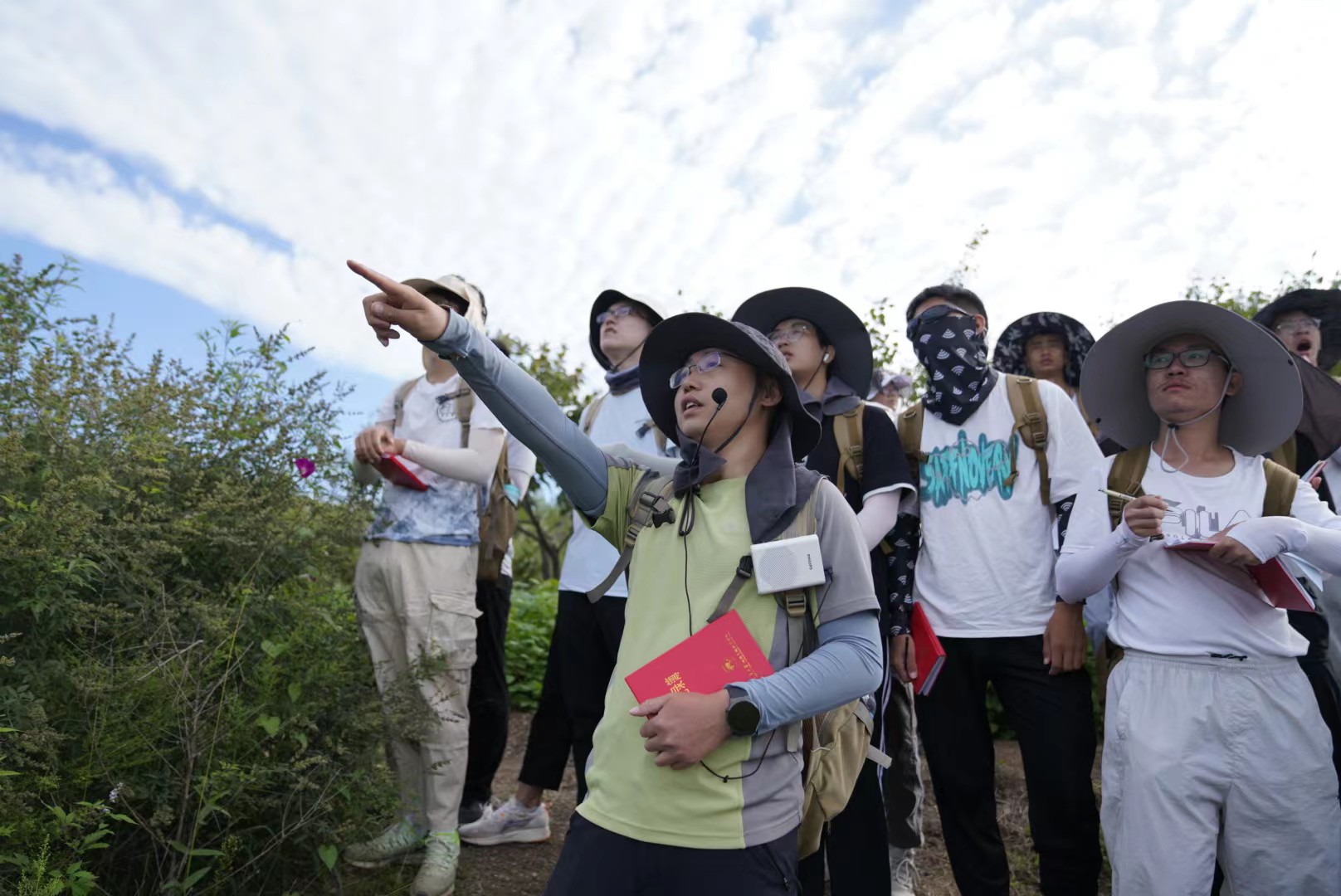
In the past 2.5 billion years, this basin underwent 8 times’ sea-land transformations, 4 times being sea and 4 times being mountain, and preserved the geological relics left in the Archaean Era, the Proterozoic Era, the Paleozoic Era, the Mesozoic Era, and the Cenozoic Era. They will finish the time travel spanning 2.5 billion years in 3 weeks.
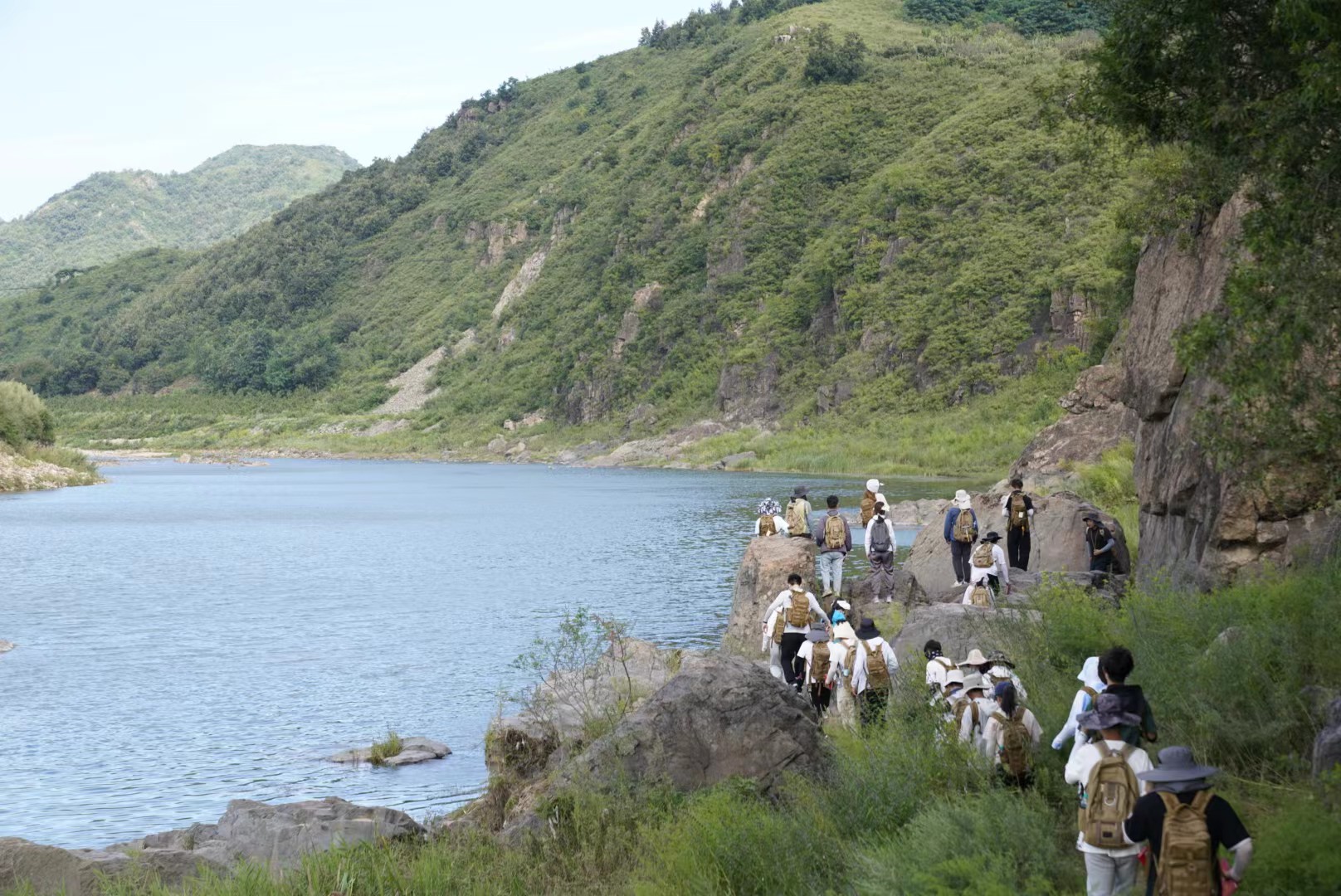
Equipment were well prepared before class.
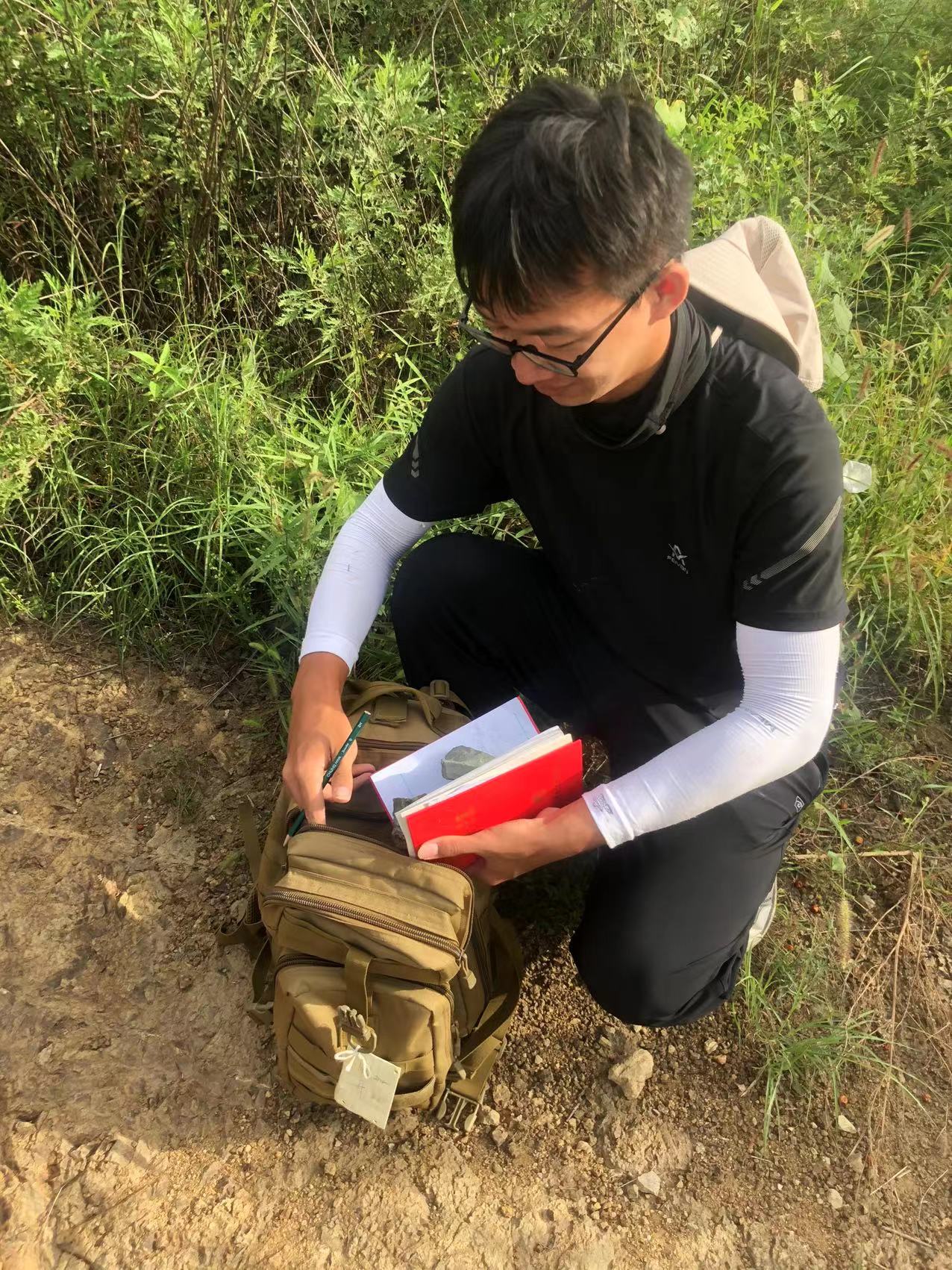
Magnifying glasses were hung over chest. Geological hammers were in backpacks. Geological compasses, topographic maps, sun-proof clothing, outdoor pants, climbing boots, ice sleeves, sunglasses, scarves were carried at all times. Those are basic equipment of the Earth System Science students in their field practice. The fiery "field record book" and curiosity are a must. Also, if you have strength, you can fill your backpack with more stones.
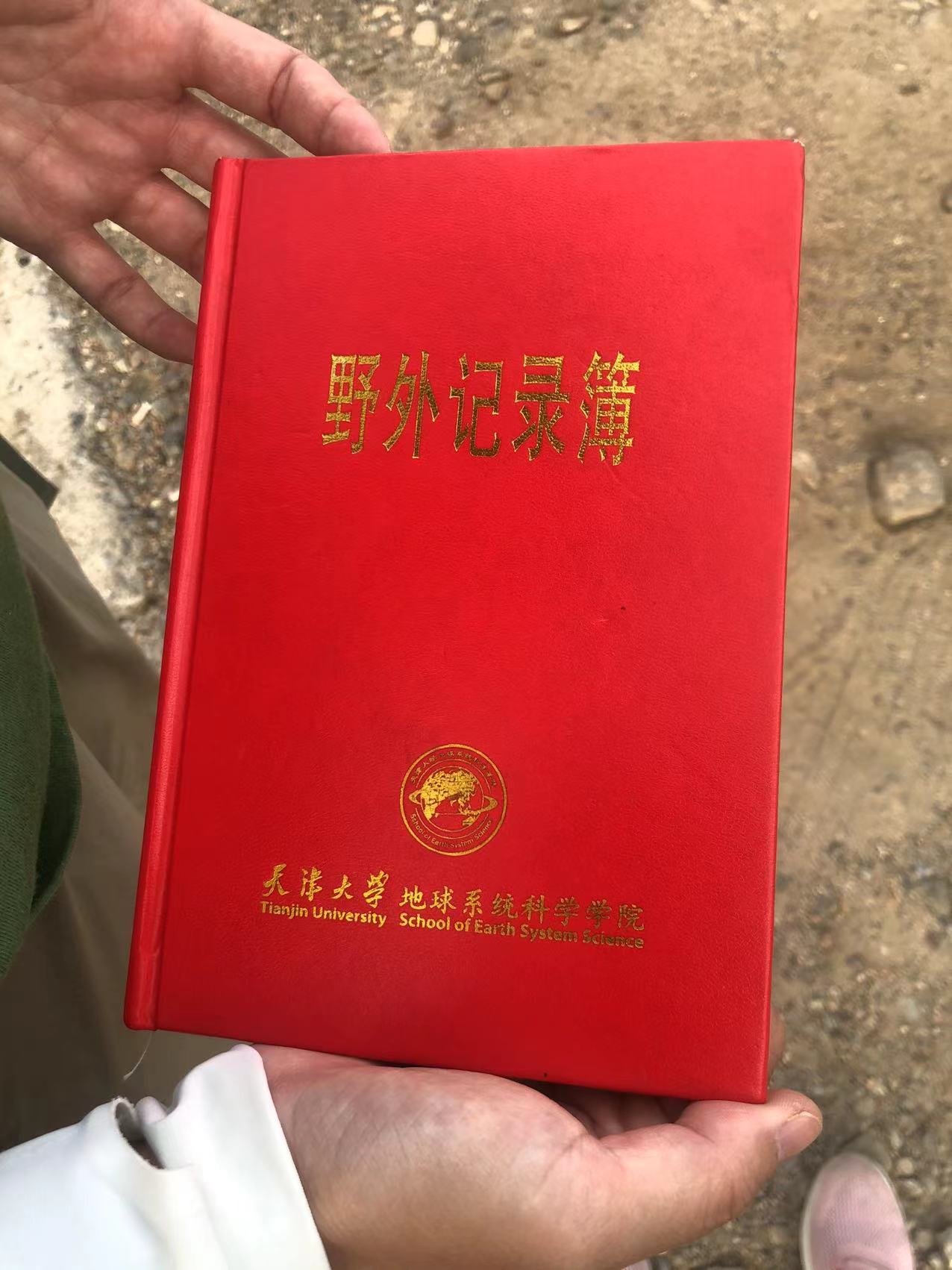
Climb mountains and fording streams, step the wild ways and ancient river courses never walked before, and experience sweats and stoicism. You will enjoy different scenery after trek.
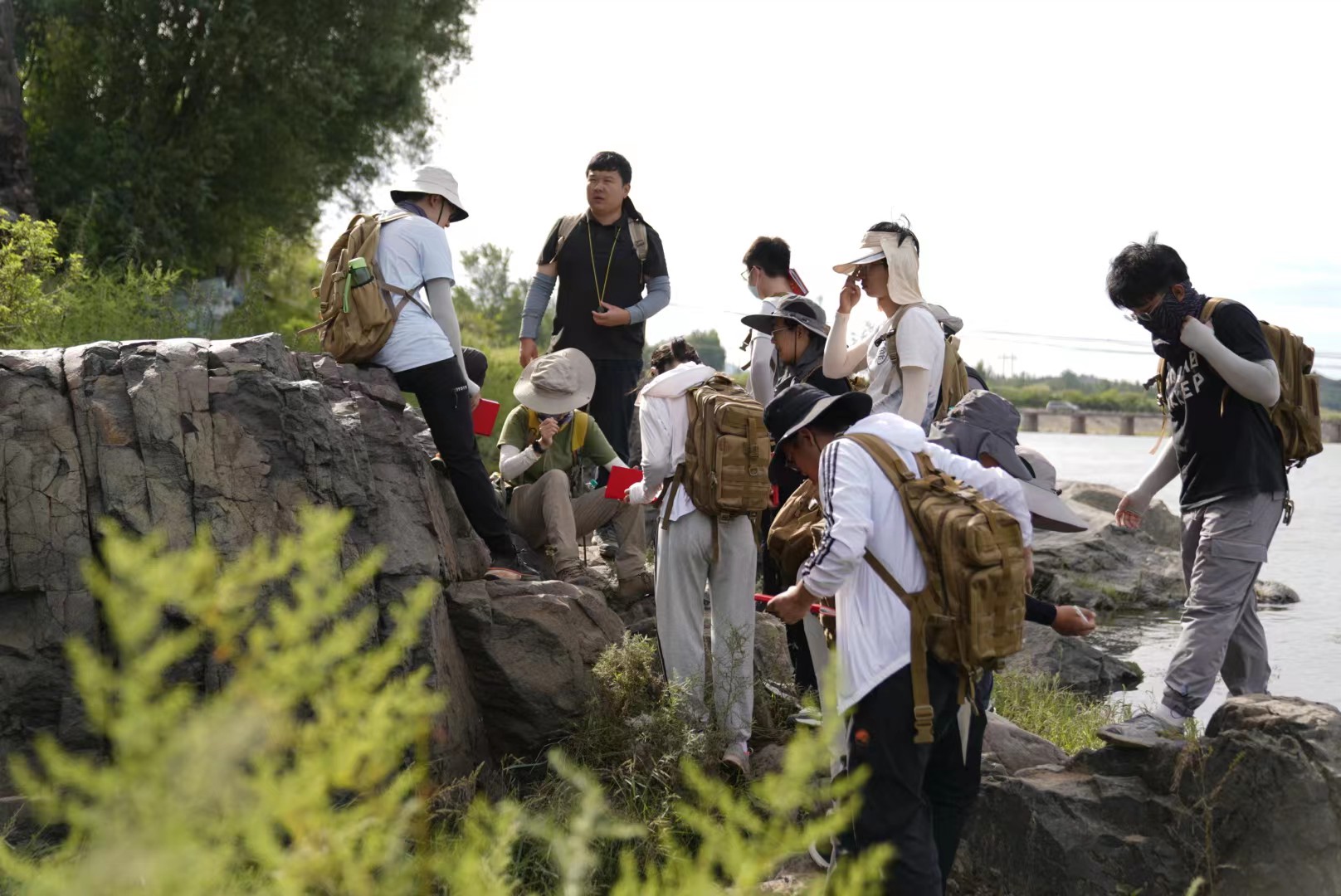
You can observe the Suizhong granitic gneisses 2.5 billion years ago to feel the passage of time, faults, folds, vertical stratums to lament with sighs the mighty force of the nature, the fluvial deposits and marine abrasion landforms to praise the tenacity of drops of water wearing a stone respectfully, the volcanic rocks and meander cores to touch the blending of water and fire. The stratums going through 5 eras, the world with sea-land transformations, the interdependence of stones rivers and volcanos, the meeting and conversion of rivers - the nature is our classroom and more our textbook.

Knocking stones, seeing the fracture surfaces, marking maps, drawing schematic diagrams, writing observing notes——these are the modes of field practice of the Earth System Science students.
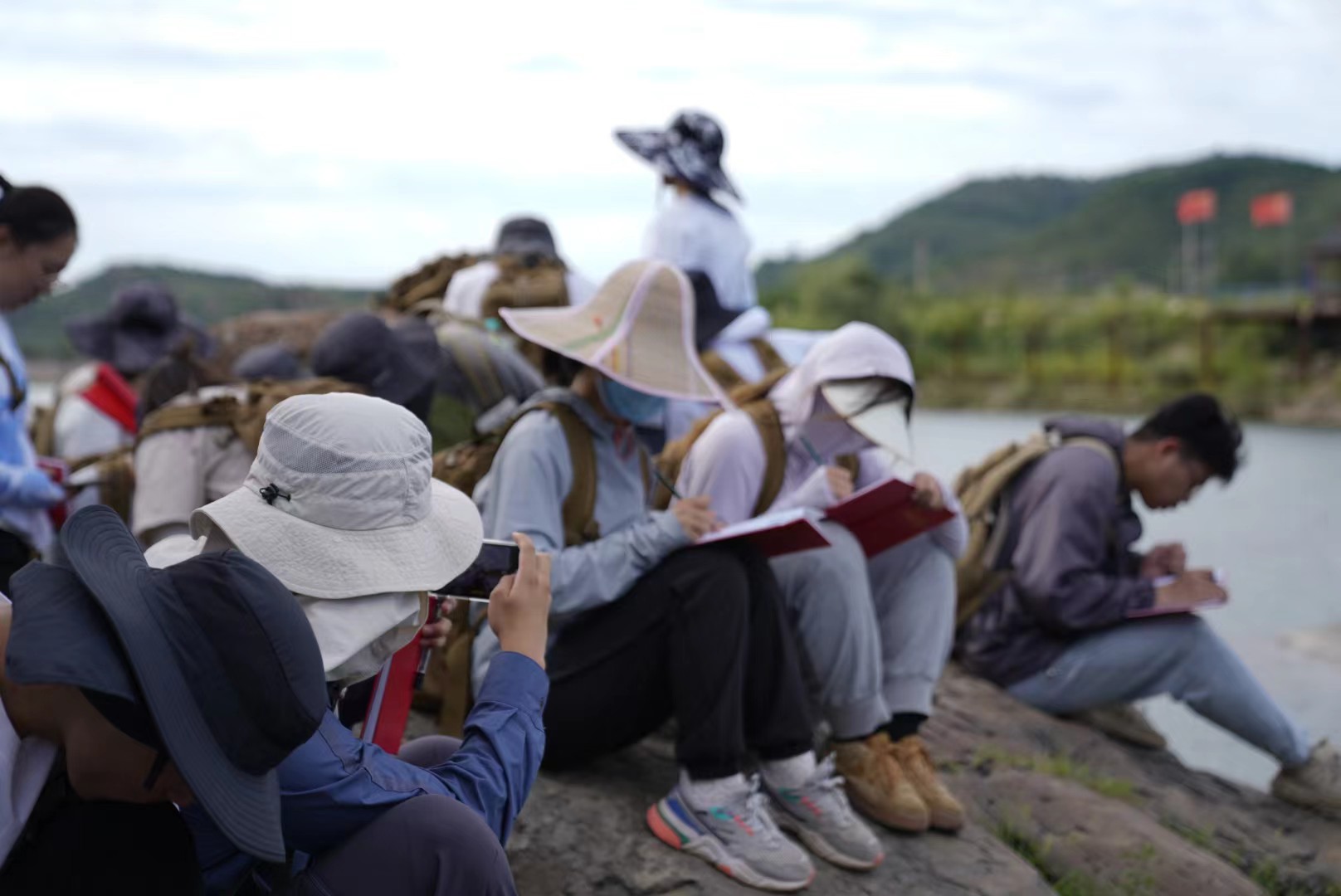
How were the earth and beings born and do they evolve? Why is the earth so unique? How will the environment be? How do human beings’ response in face of a series of tightening of the resources and energy supply around the world, the all the more serious environmental pollution, the degeneration of the ecological system and so on? How did man change the earth system and how to protect it?
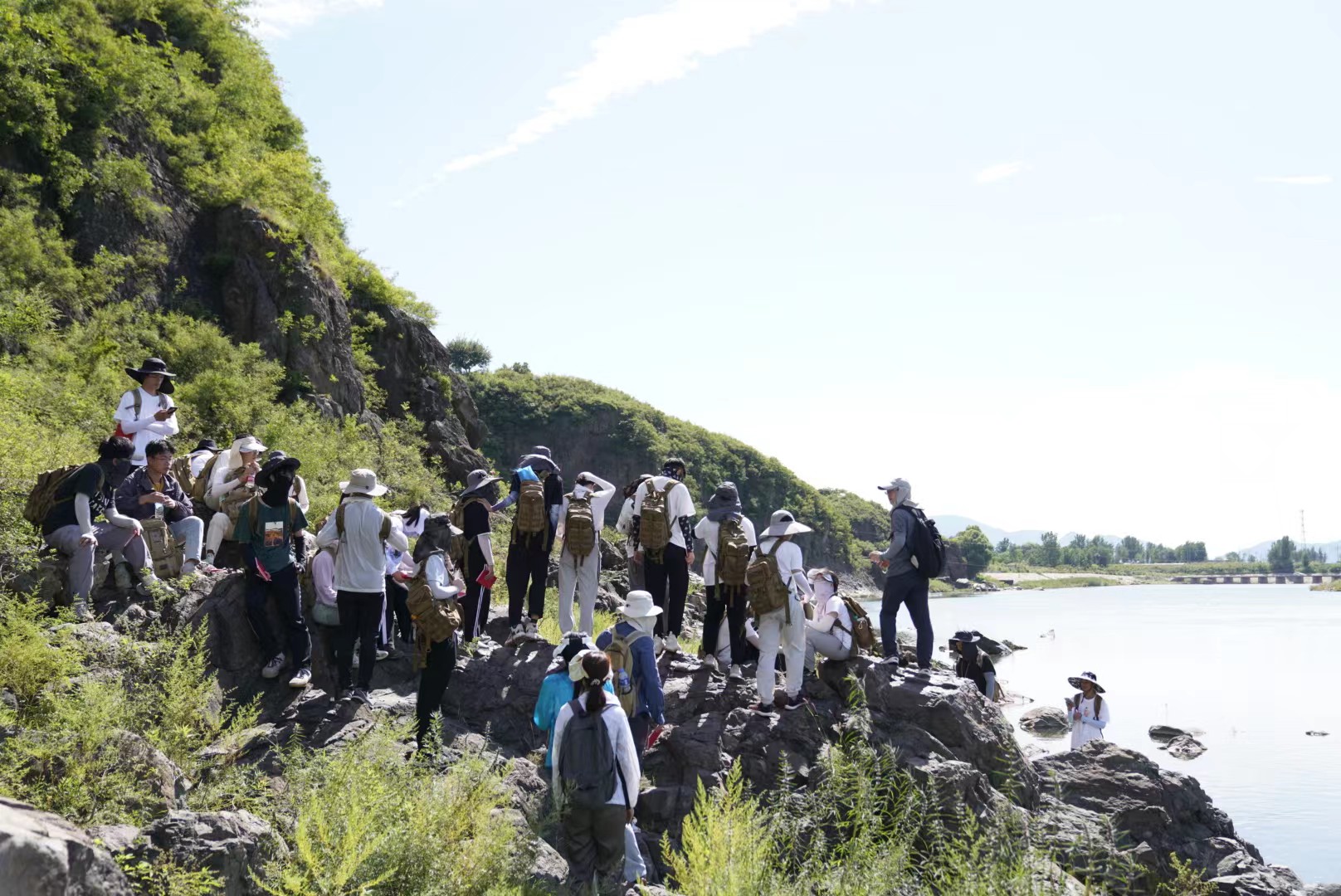
In this class, the ways students walked are the ones their teachers have walked 2 or 3 times. The observing sites students stopped and stayed at are the ones teachers have discussed over and over again with careful selection. Wonderful lessons which amazed students are the ones teachers have polished time and again.
Teachers tell students that the world is full of variety and personal knowledge is just a tiny part of it. And things are interconnected. With curiosity, students are able to better understand the world and find out solutions.
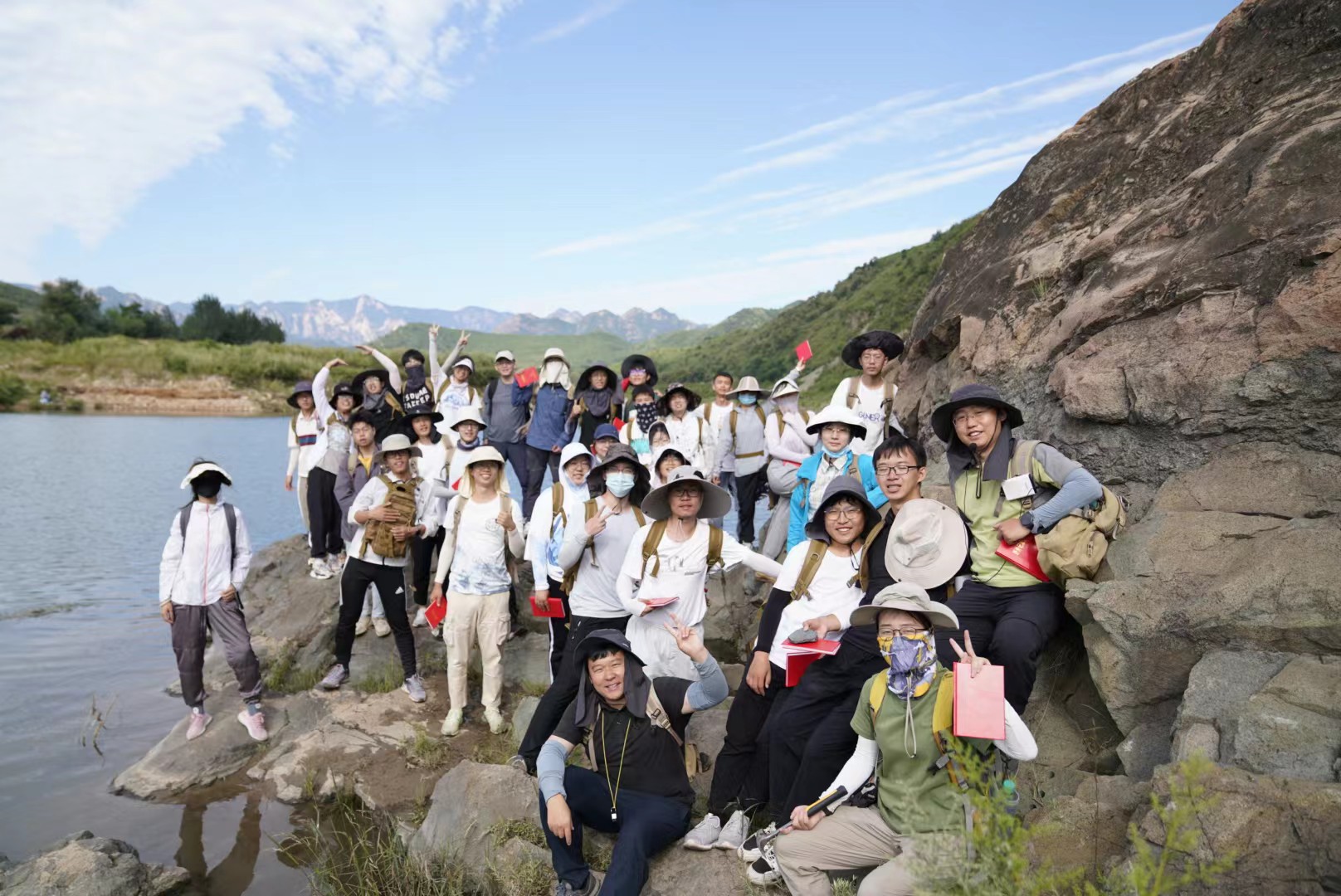
By Liu Bingyan
Editor: Sun Xiaofang






